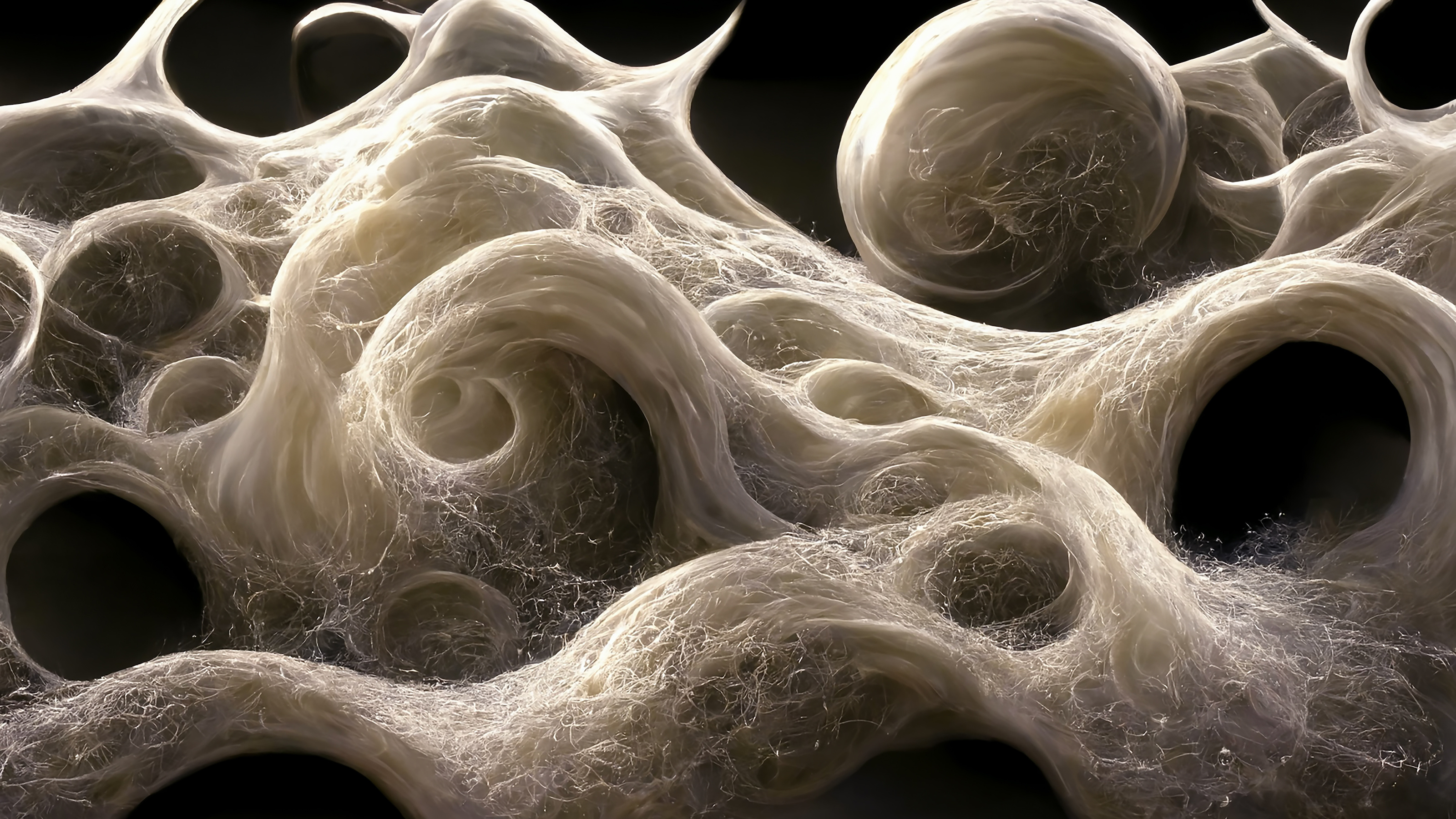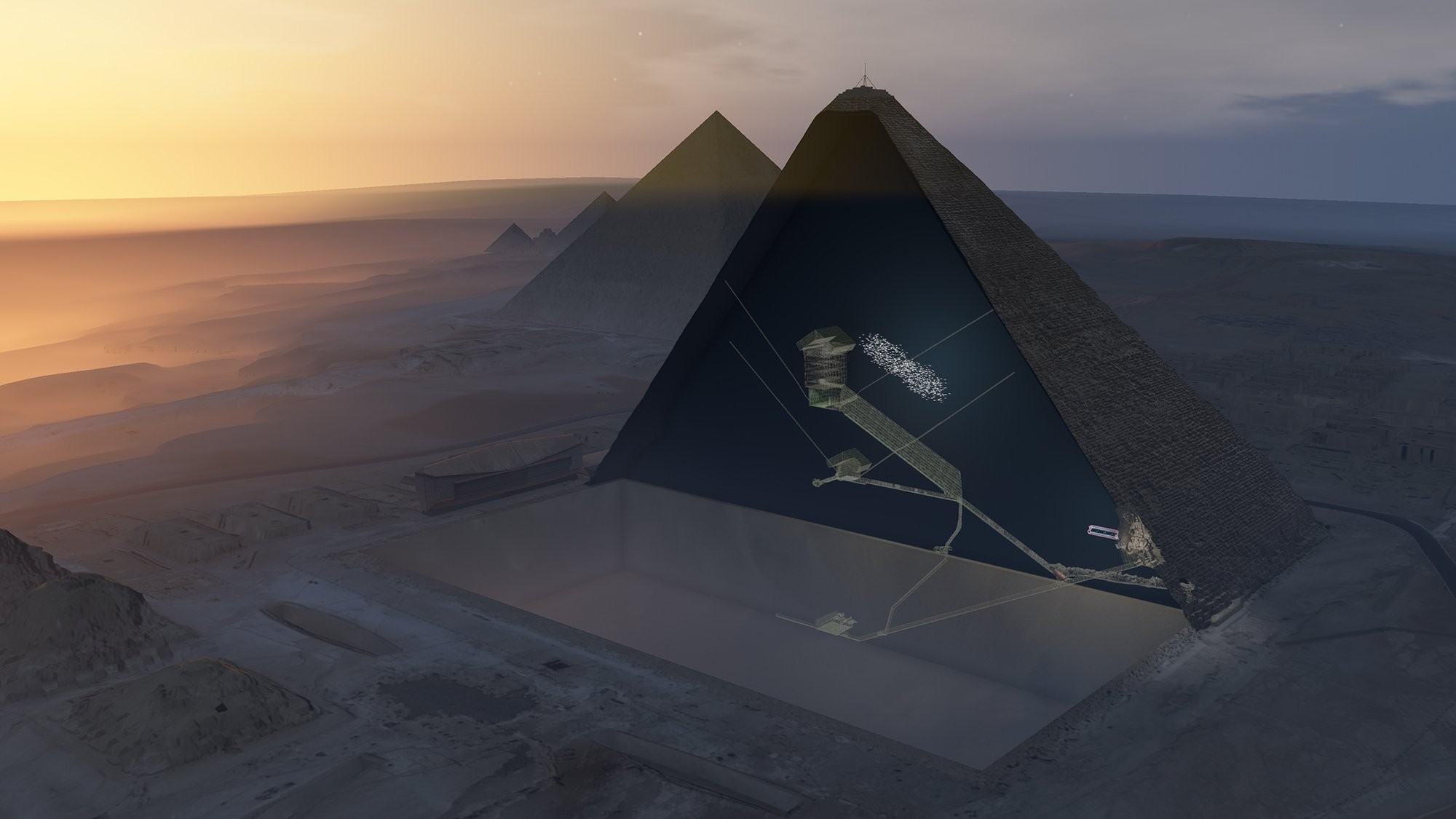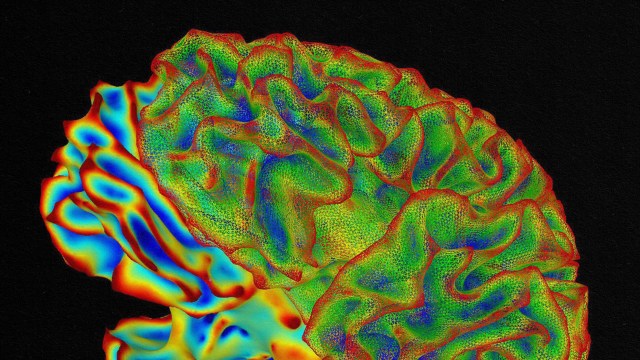Each of our bodies is proof of Einstein’s equation

- There are two properties that define matter — size and mass — and both of these are determined at the subatomic level by energy and a related concept called force fields.
- Most of the mass of your body is determined by protons and neutrons, which are made up of quarks.
- The kinetic and potential energy associated with these quarks is so intense that it makes up 98% of the mass of all matter. How? Because, as Einstein taught us, energy and mass are equivalent.
Science has confirmed that matter is indeed made of energy fields. That means you are an energy field — but not the “chakras” or “auras” kind. We’re not talking about the stuff you find in the alternative medicine section of the indie bookstore.
So, what are we talking about? We all know that matter is made of molecules and atoms. In turn, atoms are made of protons, neutrons, and electrons. Protons and neutrons (which we can lump together and rebrand as “nucleons”) are made of smaller particles still called quarks. Thus, electrons and quarks are the building blocks of matter.
There are two properties that define matter — size and mass — and both of these are determined at the subatomic level by energy and a related concept called force fields. Let’s take a look at both of these in turn.
The size of matter
When we talk about how matter is assembled, the most familiar building block is the atom. Gather together the right number and kinds of atoms (like oxygen, hydrogen, nitrogen, and carbon) and you can build a human body.
Atoms are mostly empty space. They consist of a tiny nucleus containing the nucleons (protons and neutrons), surrounded by clouds of electrons. The nucleus makes up only about one-trillionth the volume of the atom, and the electron clouds make up the rest. But the electrons are also tiny, so the clouds are mostly empty space, too. (Scientists speak of electron “clouds” because, according to quantum mechanics, an electron is simultaneously everywhere and only manifests in a single location when the atom interacts with its surrounding environment.)
But an atom’s empty space isn’t entirely empty. It is filled with an electromagnetic field, which ties the electrons to the nucleus. An atom’s size is thus ultimately determined by how close or far the electron cloud is to the nucleus. Bigger atoms have more electrons and bigger clouds that stretch farther away from the nucleus.
The mass of matter
Nucleons are about 2,000 times heavier than electrons. So, your mass — what causes the bathroom scale to read higher than you’d like — resides in your protons and neutrons. Since protons and neutrons are made of quarks, you would think that quarks would themselves be massive, but that’s not true. The mass of quarks only makes up about 2% the mass of nucleons. So, where does the mass come from?
Like many things in subatomic science, we must turn to Albert Einstein and his famous equation, E = mc2. Quarks move very fast — indeed, at a substantial fraction of the speed of light. This means they have a lot of moving energy, what we call kinetic energy.
But those nucleons that are made of quarks are incredibly tiny. They are basically spheres with a radius of about one-quadrillionth of a meter. The only way to keep these fast-moving quarks confined to a tiny sphere is through an incredibly strong force — what scientists unimaginatively named the strong force. Strong forces equate to a lot of energy, in this case potential energy.
You are energy
Incredibly, what this all means is that 98% of the mass that makes up you and indeed all matter isn’t “stuff.” Instead, it’s a combination of kinetic (moving) and potential (binding) energy inside the nucleons. Remember, Einstein’s equation tells us that mass and energy are equivalent, so that enormous amount of energy inside the nucleons is what makes up the vast majority of our mass.
This is a staggering, mind-twisting conclusion. Rather than the intuitive idea that you are solid and made of massive atoms, much like how grains of sand make up a sandbag, you are instead mostly empty space. If you were somehow able to take a snapshot of all the atoms in your body, identifying the location of every atom, you would find empty space filled with a smattering of electrons and atomic nuclei, held together by electromagnetic energy.
Each of us proves Einstein’s equation simply because we exist.





